8+ SAMPLE Product Feasibility Report
-
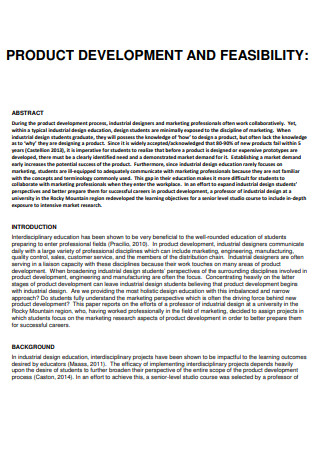
Product Development Feasibility Report
download now -
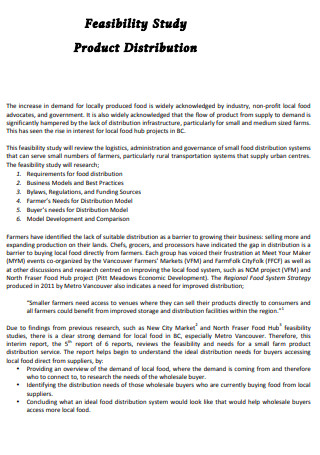
Product Distribution Feasibility Report
download now -
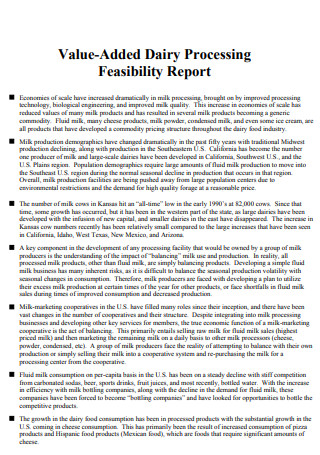
Fluid Product Feasibility Report
download now -
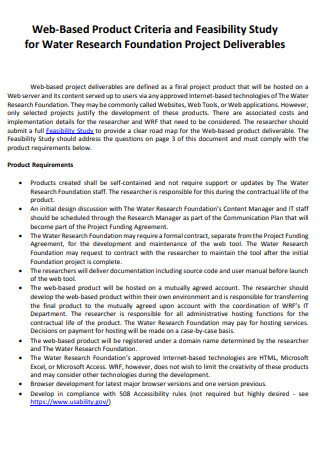
Product Research Feasibility Report
download now -
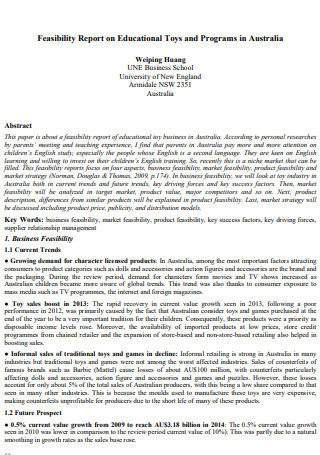
Product Education Feasibility Report
download now -
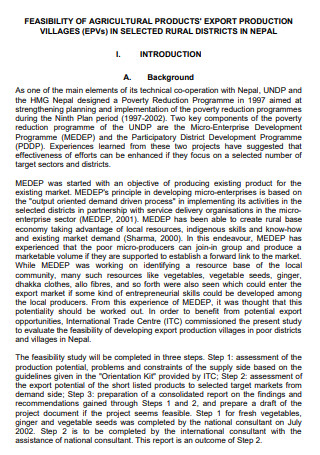
Agricultural Product Feasibility Report
download now -
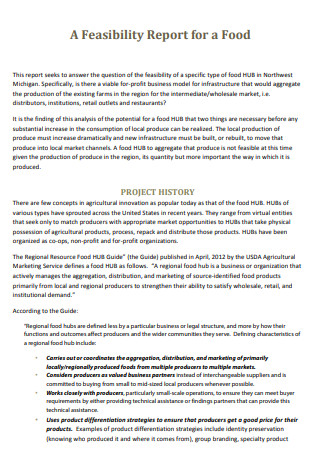
Food Product Feasibility Report
download now -
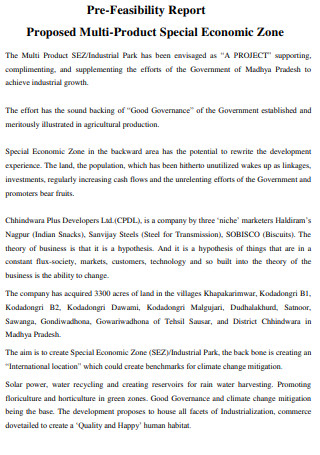
Product Pre-Feasibility Report
download now -
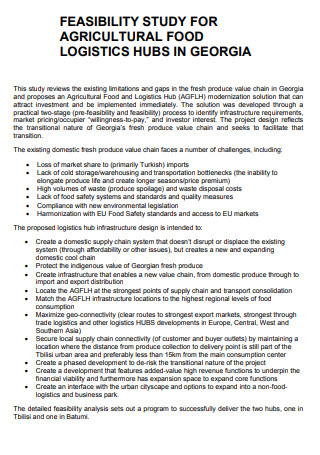
Product Logistics Feasibility Report
download now
FREE Product Feasibility Report s to Download
8+ SAMPLE Product Feasibility Report
What Is a Product Feasibility Report?
Benefits of Conducting a Product Feasibility Study
Other Types of Feasibility Studies
How to Write a Product Feasibility Report
FAQs
What are the steps in a feasibility study?
Why are new product feasibility studies important?
What kind of data does a product feasibility study gather?
What Is a Product Feasibility Report?
A product feasibility study is a market research approach that tries to give predictive analytics to guide future marketing, sales, and product development processes. This sort of market research frequently seeks information on product placement, identifying the target market, marketing and advertising, competition, and price tactics. Depending on your company’s demands and specifications, the feasibility study report may additionally cover a number of secondary purposes. This significantly helps project management to avoid the chances of lapses and ensures that factors going into the production of the goods are feasible. For additional reference, a product feasibility report sample is available for your use.
Benefits of Conducting a Product Feasibility Study
As part of your project management, you will need to conduct a study prior to the full integration of its production within your business. Not only would you not want the product to fail in a certain market but you also would not want your company to lose a large amount of money and not earn anything in return. To distinguish and be able to spot the product feasibility report benefits, you will need to write the study first. This curated list will show you the advantages that you will obtain from dedicating the time and effort to writing out a product-centered feasibility study.
Other Types of Feasibility Studies
When it comes to researching the feasibility of a certain issue, a product feasibility study is not the only topic. Projects are also possible to be focused on for these types of investigations. Feasibility Analysis is an analytical program in which the project manager determines the project success ratio. Through feasibility analysis, the project manager can assess if the project will be valuable to us or not and how long it will take to finish. A feasibility study enables the project manager to identify all of the project’s good and negative aspects.
How to Write a Product Feasibility Report
One of the most critical tasks in launching a business is to undertake a feasibility study. This research will assist you in determining whether your company concept is viable and has the potential to succeed. When performing a feasibility study, several elements must be examined, including the marketability of your product or service, the competition, your company’s financial health, and others. The results of your project feasibility study are gathered in a product feasibility report format in which the product feasibility report contents are enumerated and further given elaboration below.
Step 1: State the Executive Summary
The executive summary should not deviate from the information that comes after it. It’s a recap, not a forum for fresh ideas. Determine the requirement or condition and demonstrate to the target audience that it needs attention. Once in place, it is vital to provide a solution and show its value. Make a clear and solid recommendation. Justify your position. Make a list of the main reasons why your product is potentially ready for manufacturing.
Step 2: Define the Product
Not all readers of your report would be aware of what particular product you are discussing within the report. You may have introduced the product within your executive summary but that may not be enough to talk more about the product. Let your readers know why this particular product is to be sold and discuss its observed necessity with factual information and research as opposed to personal comments that the board or higher-ups may not consider as substantial reasoning.
Step 3: Marketability
If there is a demand for the goods, they will sell. Before there is a product, there must be a necessity for it: it must be marketable. That is the first stage in developing an intelligent product. Moving forward without regard for the end user places you back in the domain of art, which is not where you belong. In an essential section of your report, you must be able to identify whether or not the product itself is viable in the industry you are placed in. If your clothing company is planning to sell coats and jackets, plan it before the start of winter.
Step 4: Marketing Strategy
A marketing strategy is a company’s overall strategic plan for reaching out to prospective customers and converting them into clients of their products or services. A marketing strategy incorporates the organization’s value proposition, key brand messages, information on target customer demographics, and other extreme characteristics. For this section, you will need to think of the way you will be advertising and delivering to the audience the usability of your product. Whether it is a new type of kitchen sponge or a bathroom cleanser, plot some ideas of how you will go about the promotion.
Step 6: Workforce Consideration
The length it takes to manufacture and reach a complete state of your product will take a while, depending on the parts, assembly process, or overall procedure towards it. Locally-sourced and handstitched designer bags will take a significant amount of time as it will solely depend on the hands working on its manufacturing in contrast to mass-produced products like high fashion companies which could produce more items in a shorter amount of time. You will need to consider the people, machinery, and other factors involved in the production of the product.
Step 6: Financial Projections
A financial prediction predicts future income and costs. Internal or historical data, as well as a prediction of external market circumstances, will be used in the projection. The prediction is crucial to both the business owner and possible investors since it predicts whether or not the company will develop and become profitable. This is saved for the last step because you will need to account for all the other sections in whether or not the worth of their inclusion is viable to sustain the development of the product.
FAQs
What are the steps in a feasibility study?
A preliminary analysis is the first step in doing a feasibility assessment. Interviews with stakeholders are performed, market research is undertaken, and a business strategy is created. All of this data is examined in order to make an initial approved or not approved judgment. If everything seems good, the actual research can begin. This contains a list of technological concerns, a market analysis, a description of the marketing strategy, and an outline of the required human resources, project timeline, and funding. This process would eventually lead to the product feasibility report analysis which is an important aspect of assessing whether the product is viable to earn a steady income for the company.
[/ns_col]
Why are new product feasibility studies important?
Organizations must determine who will buy the thing with new product failure rates. As a result, corporations perform a new product feasibility study to demonstrate demand for the new product and give data-driven suggestions for the next steps in the market entry process. Companies frequently set aside funds in their budgets for new product development research in order to ensure the best potential return on investment. Another critical component is having a third-party market research firm undertake the new product feasibility assessment. This lowers bias in study design, data analysis, and recommendation creation.
What kind of data does a product feasibility study gather?
A new product feasibility study gathers data from both primary and secondary sources. Primary research is created specifically for the subject at hand. It gathers fresh data and information in order to achieve the study’s aims and objectives. This sort of study is unique and involves many moving pieces. Secondary research is the knowledge that already exists, as opposed to new material obtained through primary research. This research is frequently utilized in larger research efforts. The advantages of performing secondary research include the abundance of secondary data available; you only need to focus your search.
The product feasibility report and service will be most noticeable after new products are studied and their viability to last long out on the market. And whether or not you should push through with its production will be identified in the product feasibility report. Wanting to save your company from unnecessary expenses is normal and being wary of where your investment will go will help to keep your business from not pouring all your employees’ and fellow higher-ups efforts into a fruitless product. So what are you waiting for? Delve into the process and write one now!
